Professional speakers are crucial for delivering high-quality sound in various settings, from corporate environments to large venues. The market for these speakers is expanding, driven by continuous advancements in audio technology and increasing demand across different industries. Choosing the right professional speakers involves understanding market trends and evaluating essential factors such as cost, sound quality, speaker types, room acoustics, and compatibility with amplifiers and receivers.
This guide offers a comprehensive market overview, providing key insights into what to consider when selecting speakers and highlighting some of the best models available. By understanding the critical aspects of professional speakers and exploring top products, you can make informed decisions to enhance your audio setup, ensuring superior sound performance for any application.
Table of Contents
● Market overview
● Things to consider when selecting products
● Best products/models/types and their features
● Conclusion
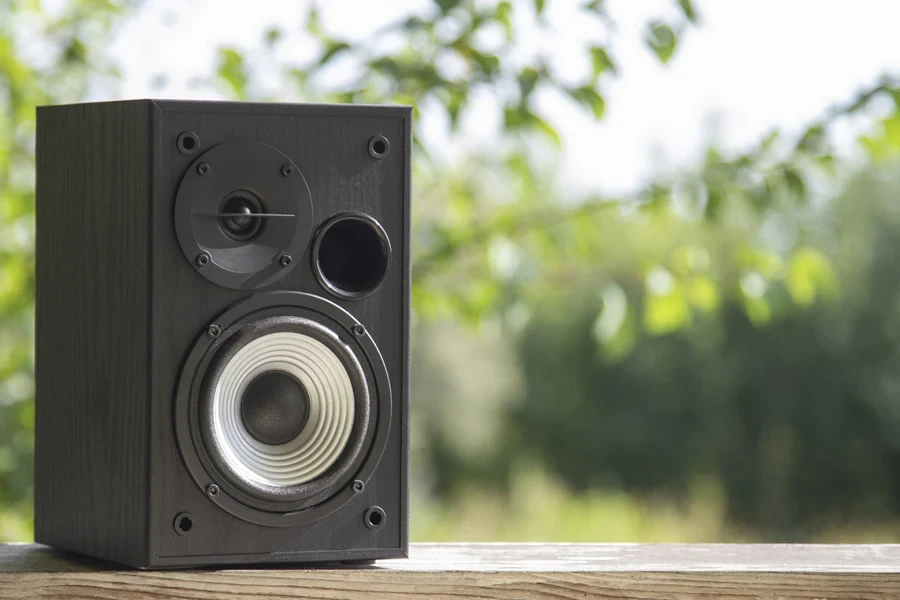
Market overview
According to industry reports, the global professional speaker market is on a robust growth trajectory, projected to reach $3.3 billion by 2030, with an expected CAGR of 3.9% from 2024 to 2030. This growth is driven by the increasing demand for high-quality sound systems across various sectors, including corporate environments, large venues, educational institutes, and the hospitality industry.
Technological advances, like the blending of digital innovations and IoT, play a crucial role in driving the growth of this market. The demand for high commercial-grade audio solutions and the rise of inventive startups offer cutting-edge products that spur market expansion even more. Businesses are dedicating substantial resources to research and development to maintain their competitive edge by effectively improving product functionality and catering to changing consumer demands.
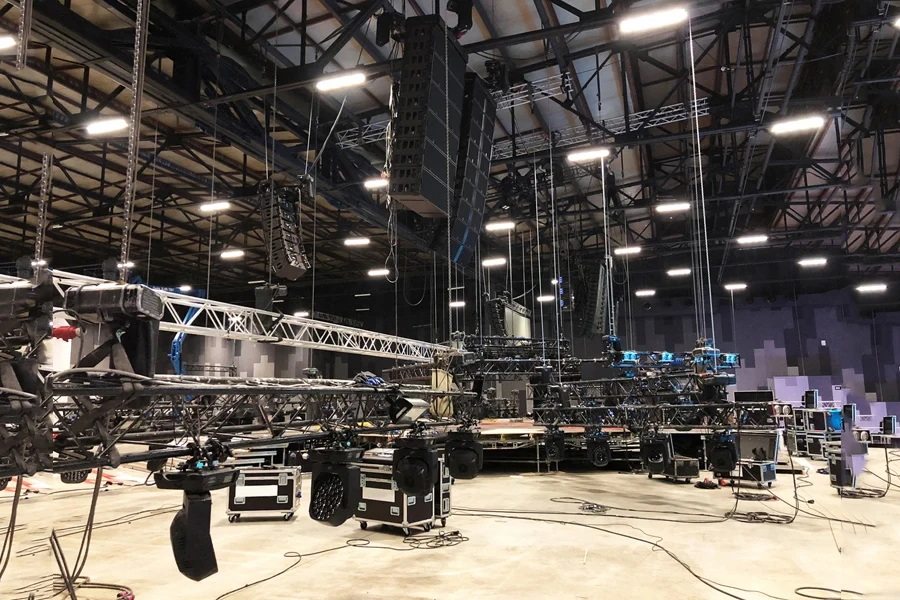
Market analysis indicates that point source speakers are expected to maintain their position as the leading product category due to their cost-effectiveness and ability to produce high-quality sound. North America is projected to uphold its position as the dominant market region driven by the music industry and increased commercial building projects and retail expansion activities. Lucintel forecasts growth in the North American market, supported by the rising utilization of amplification systems and video conferencing solutions in corporate settings.
Leading companies such as AlconsAudio, Pyle Audio, and Bowers & Wilkins focus on expanding their manufacturing facilities and developing innovative technologies to cater to this growing demand. This regional and sectoral expansion underscores the market’s dynamic nature and promising future, with North America’s market size forecasted to contribute a substantial share of the projected $3.3 billion market by 2030.
Things to consider when selecting products
Choosing the ideal speakers is essential for obtaining top-notch sound in any location, whether in a business space, a concert hall, or home studio environment. Various aspects play a role in this choice, with each affecting the sound quality you’ll experience there. Being aware of these factors will assist you in picking out speakers that suit your requirements perfectly and provide good performance outcomes. Here are some important factors to consider when deciding which professional speakers to go for.
Cost
The prices of professional speakers can vary greatly, ranging from around $70 to a thousand dollars, based on factors such as size, brand quality, and complexity. It’s essential to match your budget with your requirements. For example, splurging on bulky speakers for a small space isn’t necessary, while opting for a reasonably priced speaker might not deliver the desired experience in a large, sophisticated audio setup. Consider your needs, and remember that a higher price doesn’t always guarantee superior quality.
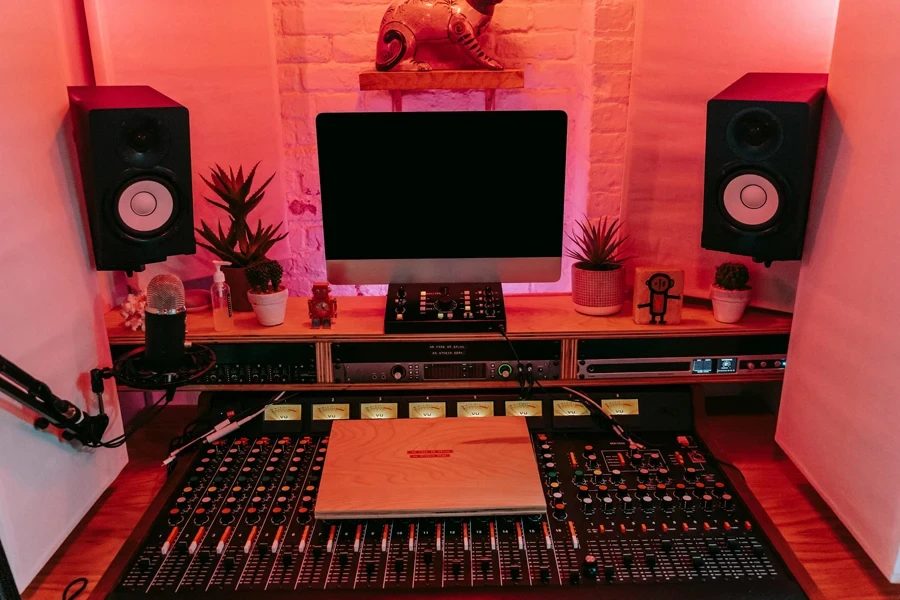
Sound quality
The perception of quality is different for everyone. It can vary depending on individual preferences and experiences. Lifewire suggests that testing speaker models with music you know well can assist in identifying which speakers are most appealing to you. Balanced tone, natural sound, and long-term listening comfort are crucial. Additionally, live music is a good reference point, as speakers should reproduce natural and pleasant sounds over extended periods. Taking the time to compare and evaluate different models.
Speaker types
Professional speakers come in various types, including floor-standing, bookshelf, satellite, subwoofer, soundbar, portable, in-wall, and in-ceiling. Each type has its advantages and ideal use cases. Floor-standing and bookshelf speakers generally offer superior sound quality due to their well-matched drivers and enclosures, making them ideal for dedicated audio setups. Satellite speakers are compact and work best with a subwoofer to form a complete audio system.
Soundbars offer a solution for improving TV audio without occupying much space. The in-wall or in-ceiling speakers are perfect for achieving a sleek look without compromising sound quality. Portable speakers provide ease of use and wireless connectivity but might not match the durability of traditional setups. Knowing the advantages and drawbacks of each option can assist in selecting the right speakers based on your requirements.
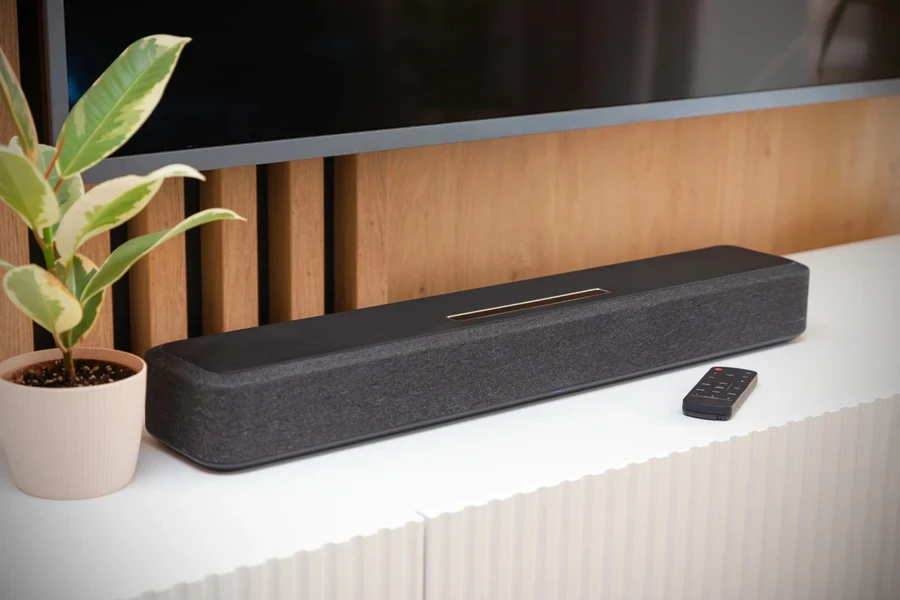
Room acoustics
The acoustics of the room where the speakers will be used greatly affect sound performance. Factors like room size, dimensions, materials, and contents can impact audio quality. In small rooms, larger speakers might be too overpowering, whereas smaller ones may struggle to fill larger spaces.
Exposed walls, furniture size, and flooring materials also impact how sound is absorbed and reflected in a room’s acoustics setup. Hard surfaces reflect waves leading to echoes, whereas softer items like carpets and curtains absorb waves, helping reduce reverberation. Finding the mix of these elements can greatly enhance your listening pleasure; this underscores the significance of factoring in the acoustic properties of your space when choosing speakers.
Compatibility
Ensuring your speakers work well with your amplifiers and receivers is crucial for achieving their top performance. Lifewire recommends matching speakers with an amplifier that can provide the correct amount of power, as the manufacturer specifies. This ensures that the speakers operate efficiently without distortion or damage.
Using speakers from the same brand in a multi-channel or surround sound setup can simplify performance tuning and ensure a more cohesive sound. However, if you prefer to mix brands, you may need more adjustments to achieve the desired audio quality. Properly matched components can significantly enhance your audio system’s overall performance and longevity.
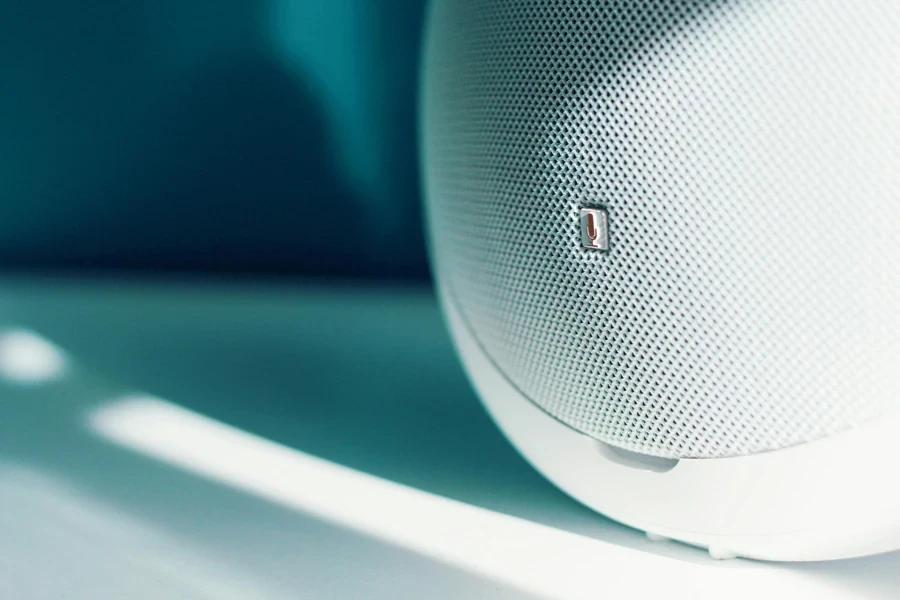
Best products/models/types and their features
Choosing the right professional speakers involves understanding the various models, their features, and how they fit into different product segments. This section provides a detailed analysis of leading products from top companies, examines key features that enhance performance, and offers insights into popular speaker segments. By exploring these aspects, you can make an informed decision that aligns with your specific audio needs and environments.
Top models
Several leading products in the professional speaker market stand out for their quality and performance. AlconsAudio, Pyle Audio, and Bowers & Wilkins are among the top companies in this sector.
AlconsAudio is known for its superior sound cohesion and innovative ribbon technology, which offers unparalleled clarity and precision. Their speakers are ideal for environments requiring detailed sound reproduction, such as studios and high-end installations.
Pyle Audio provides a range of cost-effective options that deliver robust performance, making them a popular choice for budget-conscious buyers. Their speakers are versatile, catering to various applications, from small venues to larger events.
Bowers & Wilkins speakers are well known for their top-notch sound systems that blend premium materials and state-of-the-art technology to deliver good audio quality. These speakers are top choices among professionals in recording studios and audiophiles at home because of their craftsmanship and accurate sound reproduction.

Features
When assessing speakers, it is important to consider key aspects such as seamless sound quality, value for money, and cutting-edge technology for purchase or evaluation purposes. Sound cohesion pertains to how a speaker can produce uniform and well-balanced sound across various ranges of frequencies to provide a pleasing auditory experience.
Top-notch speakers are designed to deliver music that sounds authentic and pleasant to listen to for extended periods with a rounded tone. It’s important to consider cost-effectiveness when setting up sound systems to ensure a blend of performance and affordability. Brands such as Pyle Audio provide speakers that strike a balance between quality and price point, making premium sound experiences accessible without straining your finances.
Cutting-edge technologies, like digital signal processing (DSP), high-quality materials for drivers, and wireless connectivity, make speakers more functional and adaptable. DSP technology plays a role in adjusting output to suit the room acoustics for a personalized listening experience. Utilizing materials such as Kevlar or diamond in speaker drivers enhances durability and sound accuracy. Wireless connectivity options offer added convenience and flexibility regarding speaker placement and integration.

Product segments
Professional speakers are categorized into several segments, each tailored to specific applications. Point source speakers are popular due to their cost-efficiency and superior sound cohesion, making them ideal for smaller venues and precise audio coverage. Point source speakers will remain the largest segment due to these benefits.
Line array speakers are perfect for big venues and outdoor occasions as they deliver good sound amplification without significant distortion, even at long distances. The speakers are crucial for concerts and big events where sound must evenly reach every corner of the space.
Enhancing the audio experience often involves pairing subwoofers with speakers to ensure rich bass frequencies resonate effectively in settings like theaters and music venues where a powerful bass is essential.
Subwoofers, essential for delivering deep bass frequencies, are commonly used with other speakers to enhance the overall audio experience. They are crucial in environments that require impactful bass, such as in theaters and music venues.
Different sectors benefit from these parts, covering various industries, from businesses and schools to government and hotel markets. Every sector has its audio needs; for example, in offices, clear communication for video calls is key, whereas in hotels, creating a pleasant atmosphere with background music and announcements is important. Understanding the distinct needs of each segment ensures that the selected speakers provide optimal performance in their intended applications.

Conclusion
Selecting the right professional speaker requires understanding market trends, evaluating key factors, and choosing models that meet your needs. Consider important aspects such as cost, sound quality, speaker types, room acoustics, and compatibility to ensure you make an informed decision.
This guide provides insights into top models and key features such as sound cohesion and innovative technologies. Additionally, understanding product segments like point source, line array, and subwoofers helps tailor your choice to specific applications. This knowledge enables you to enhance your audio experience and achieve superior sound performance in any professional setting.




